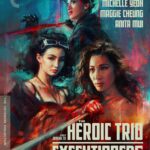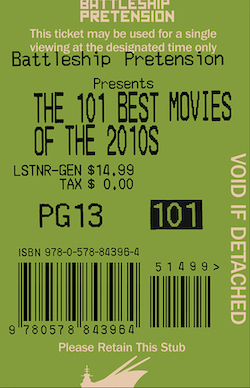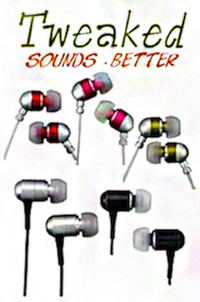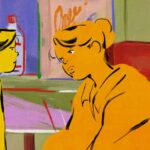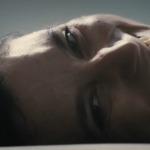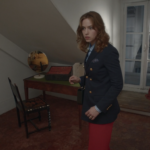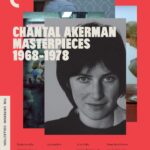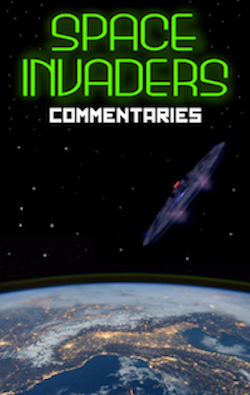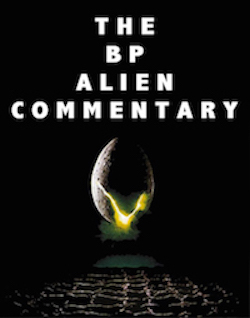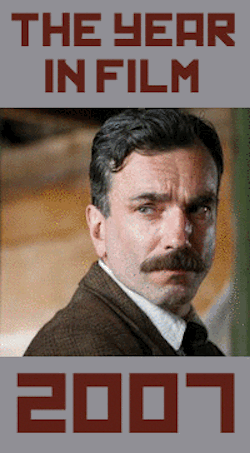Home Video Hovel: Paolo Gioli, the Complete Filmworks, by Josh Long
Paolo Gioli likely isn’t a name you’d know at first glance. I hadn’t heard of him myself. At the time of this writing, he still doesn’t have a Wikipedia page (in English, anyway) and his IMDB page doesn’t list about half of his filmography. So if you have an interest in experimental film and would like to know more about Gioli, one of Italy’s most important experimental filmmakers, the best way to do so is by checking out Raro Video’s new DVD boxset containing Gioli’s complete filmworks.
Gioli originally studied painting and portraiture at the Academy of Fine Arts in Venice. In the 1960s, he travelled to New York, where he was exposed to the work of several avant-garde members of the New American Cinema movement. On return to his native Italy, he became involved with the Italian experimental film cooperative CCI (Cooperativa Cinema Indipendente). While the CCI was short-lived, Gioli continued his film work for decades. He made thirty-eight films between 1969 and 2008, and is still working at age seventy-two (one might thus wonder if Raro Video is jumping the gun by declaring this boxset the “complete filmworks,” but it suits the subject for now).
While Gioli’s work flows through some varying styles and approaches, the bulk of his pieces experiment with the physical technology of film. He works in film only, never digital, and primarily 16mm or 8mm stocks. The films are almost all silent, and range from about three minutes all the way up to forty-five. Many of his films are reminiscent of Stan Brakhage, an avant-garde filmmaker to who, Gioli was no doubt exposed during his time in the United States. Similarly, Gioli often eschews narrative to create purely visual works with film as a canvas. His earliest film, Tracce di Tracce (Traces of Traces) was created by making imprints of the artists’ skin and hair on 16mm film. The dancing images, though not consisting of actual detritus attached to the film, are reminiscent of Brakhage’s Mothlight. Tracce di Tracce, along with four other films in this boxset are grouped together under the heading “Cameraless Films,” as Gioli created them solely using the film strips, pigment, leader, and at times pre-existing footage.
This use of pre-existing footage (literally “found footage”) is a common factor in Gioli’s films. He uses these to deconstruct notions and expectations of film. Images are distorted and abstracted – in Commutazioni con Mutazione (Commutation with Mutation) and Schermo-Schermo (Screen-Screen) Gioli lays film stocks over top of each other, doubling images to create new, sometimes disturbing images. At times, he uses different size film stocks, creating a strange overlapping effect, and sometimes incorporating the perforations in the stock as part of the image. In Interlinea (Frameline), a found pornographic film is bisected by its own frameline. The edges of the stock, now centered in the frame, become a key element of the film’s visual construction.
Perhaps Gioli’s most important achievements are his “Pinhole Films.” Created on a home-made pinhole camera, these films were made without lenses and at irregular frame rates. The effect creates short, ghostly images that film theorist David Bordwell refers to as “a pulsating vertical scan.” Gioli built several cameras throughout his career, of varying shapes, sizes, and film stocks. Most were of this pinhole variety, long and narrow, sometimes up to a meter high. Camera aficionados will find his creations fascinating. This boxset offers a few pictures and some scant descriptions of Gioli’s cameras, but leaves a little to be desired when it comes to learning more about these unique creations. Film Stenopeico – L’uomo senza macchina da presa (Pinhole Film – The Man Without a Movie Camera), made between 1973 and 1989 is probably the best representation of this category.
Another segment of the boxset includes films labelled as “Animated Films.” These are not animation in the stricter sense of the word, however they similarly use a series of images flickering before the screen, usually taken from found film or photography. Filmmarilyn is a quick series of images from Marilyn Monroe photoshoots, celebrating the perceived allure of Monroe, then visually suggesting her tragic death. Gioli’s desired effect, in his words, was for it to seem “as if I, with my movie camera, had been the first one to enter the room where she died.” A similar “animation” film, Quando l’Occhio Trema (When the Eye Quakes) is an homage to Buñuel and Dali’s Un Chien Andalou, incorporating images of the original film with newly created images of a human eye and flashing, surreal visuals.
This boxset allows viewers for the first time an easy way to digest all of Gioli’s work, and gain a fuller understanding of the ideas he explores in these experiments. Besides the films themselves, the set includes several essays from film theorists and historians, along with Gioli’s own notes on all of his films (with the possible accidental exclusion of one film, L’operatore perforato [The Perforated Cameraman]). Gioli’s studies on the possibilities of film technologies and his deconstruction of the filmed image have added greatly to the landscape of experimental film (most specifically, European experimental film). Hopefully Raro Video’s release will introduce new generations of filmmakers to Gioli’s oeuvre.







